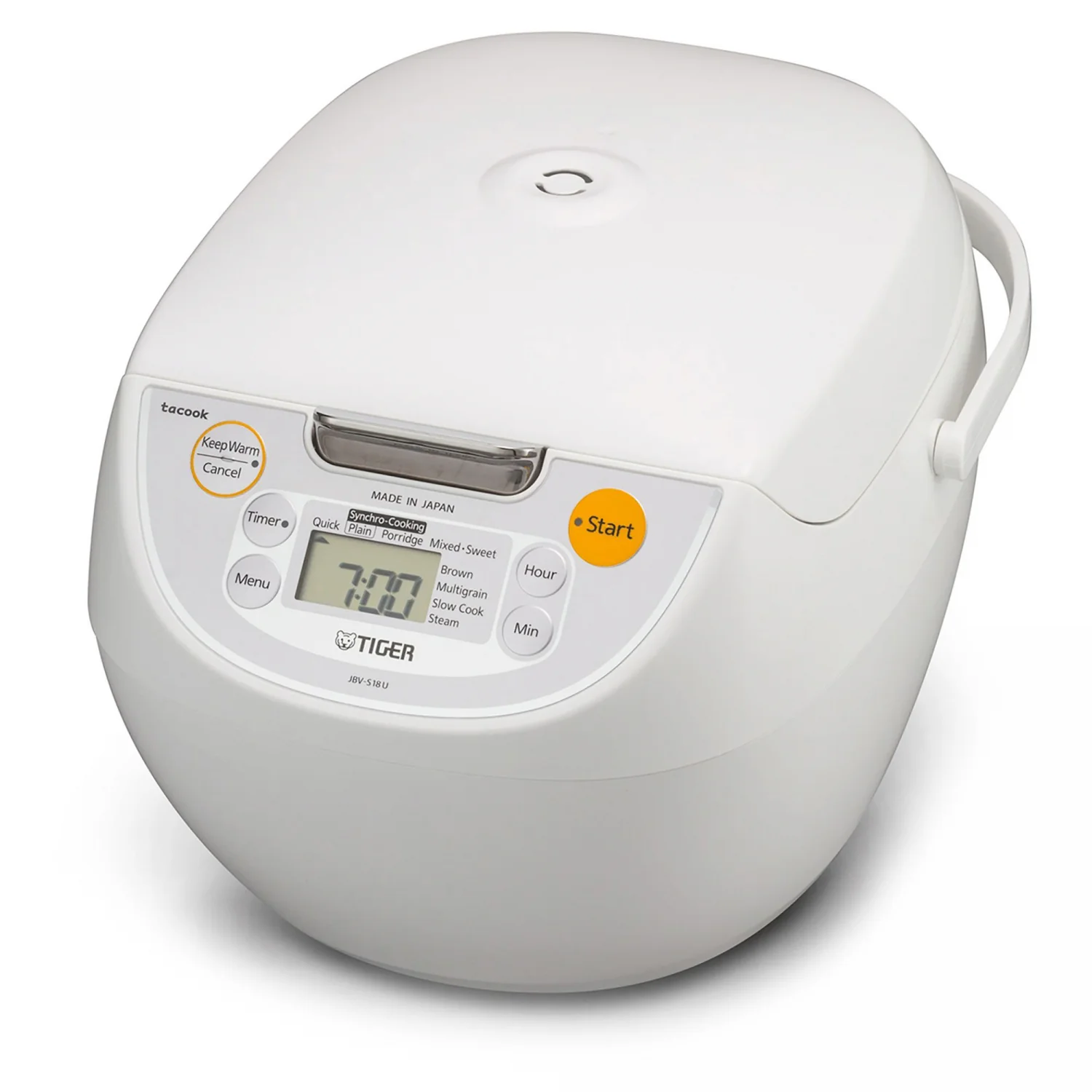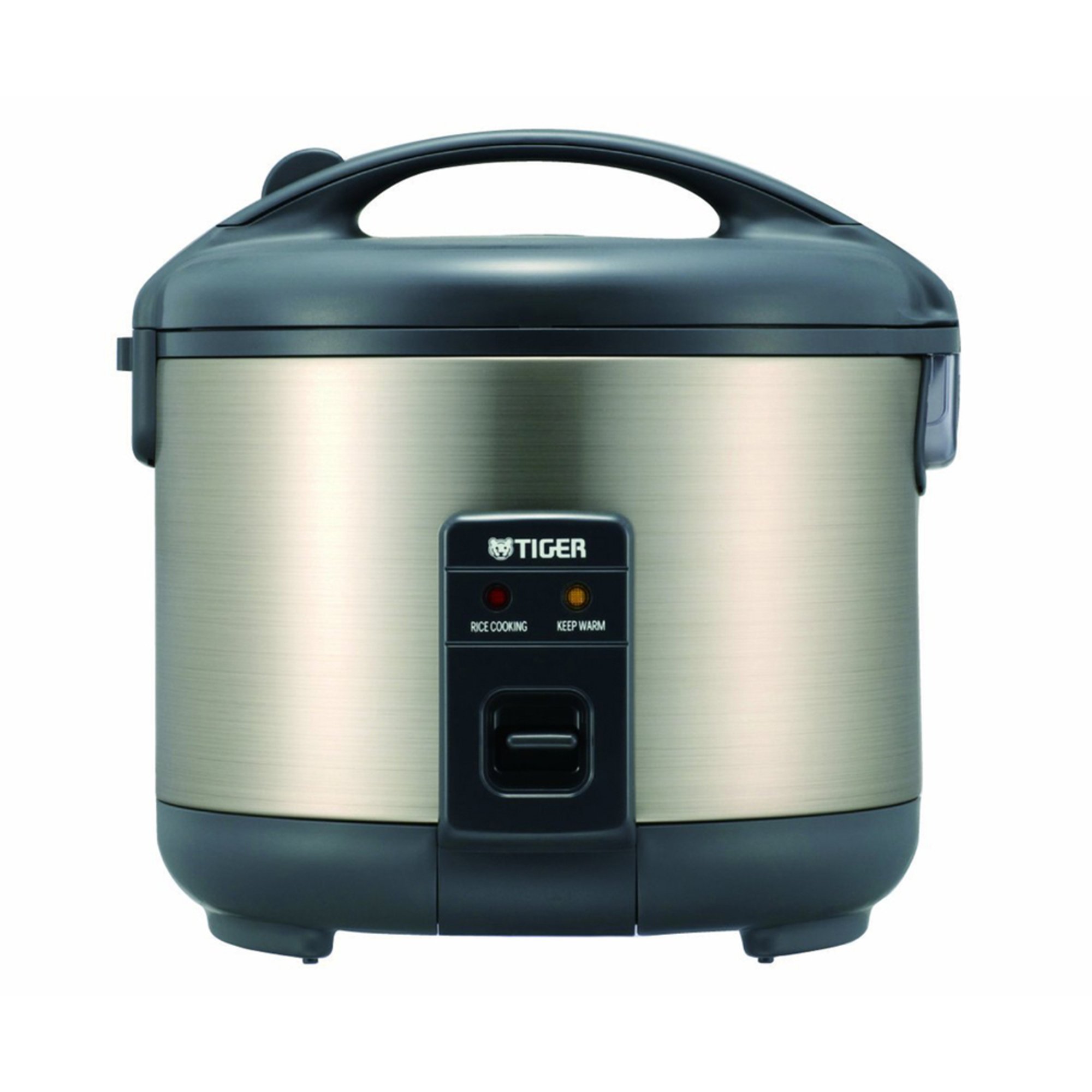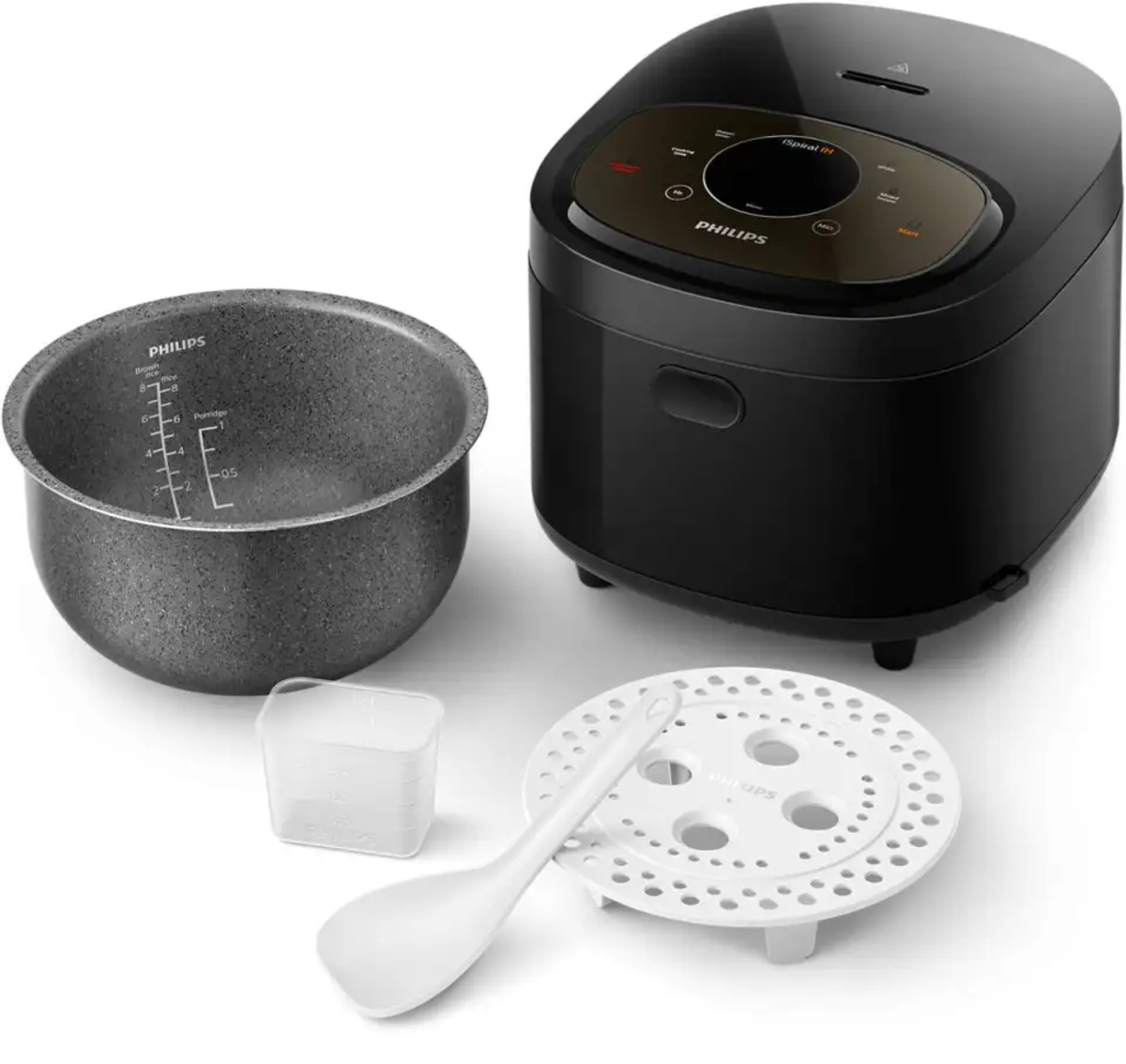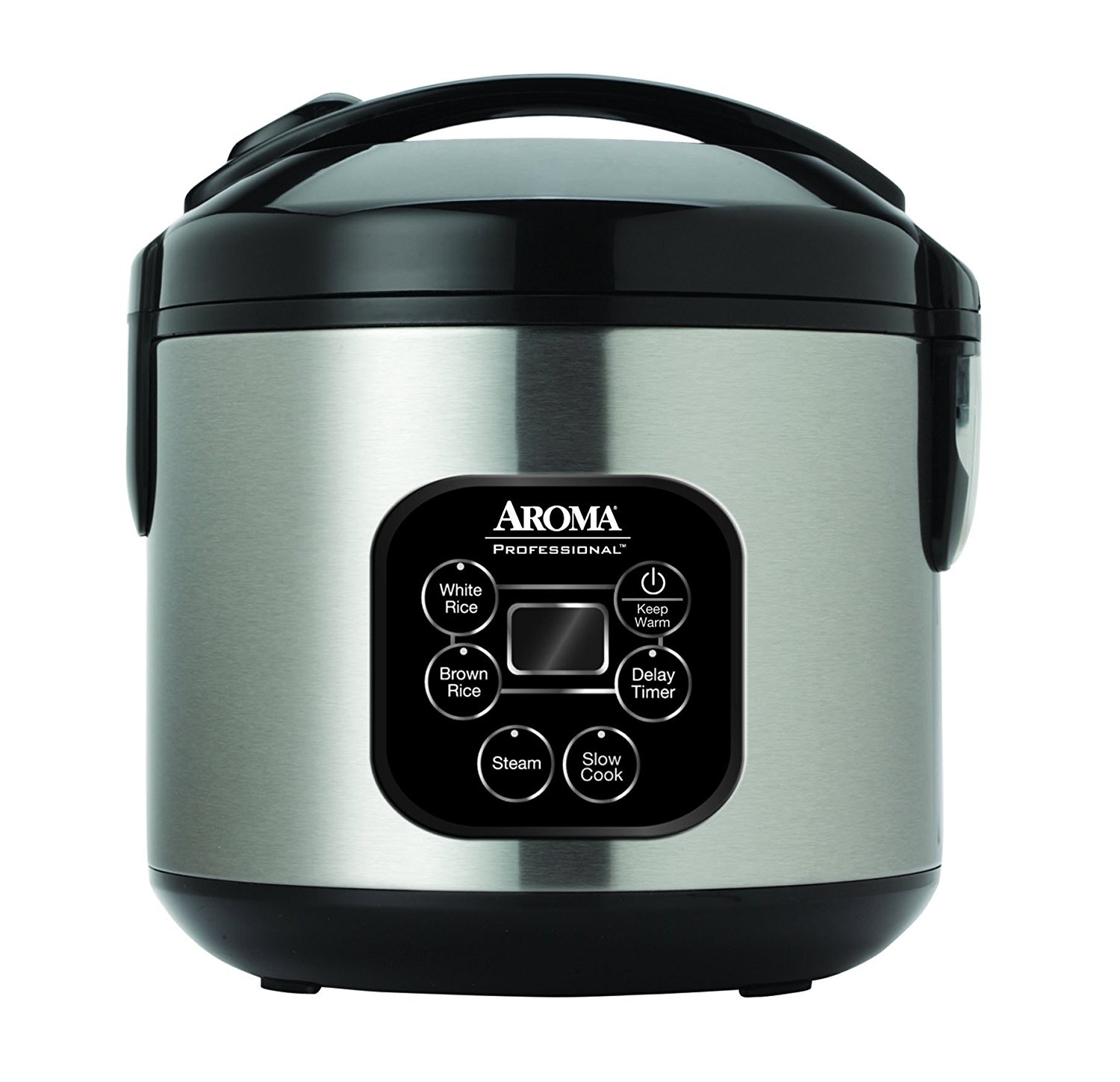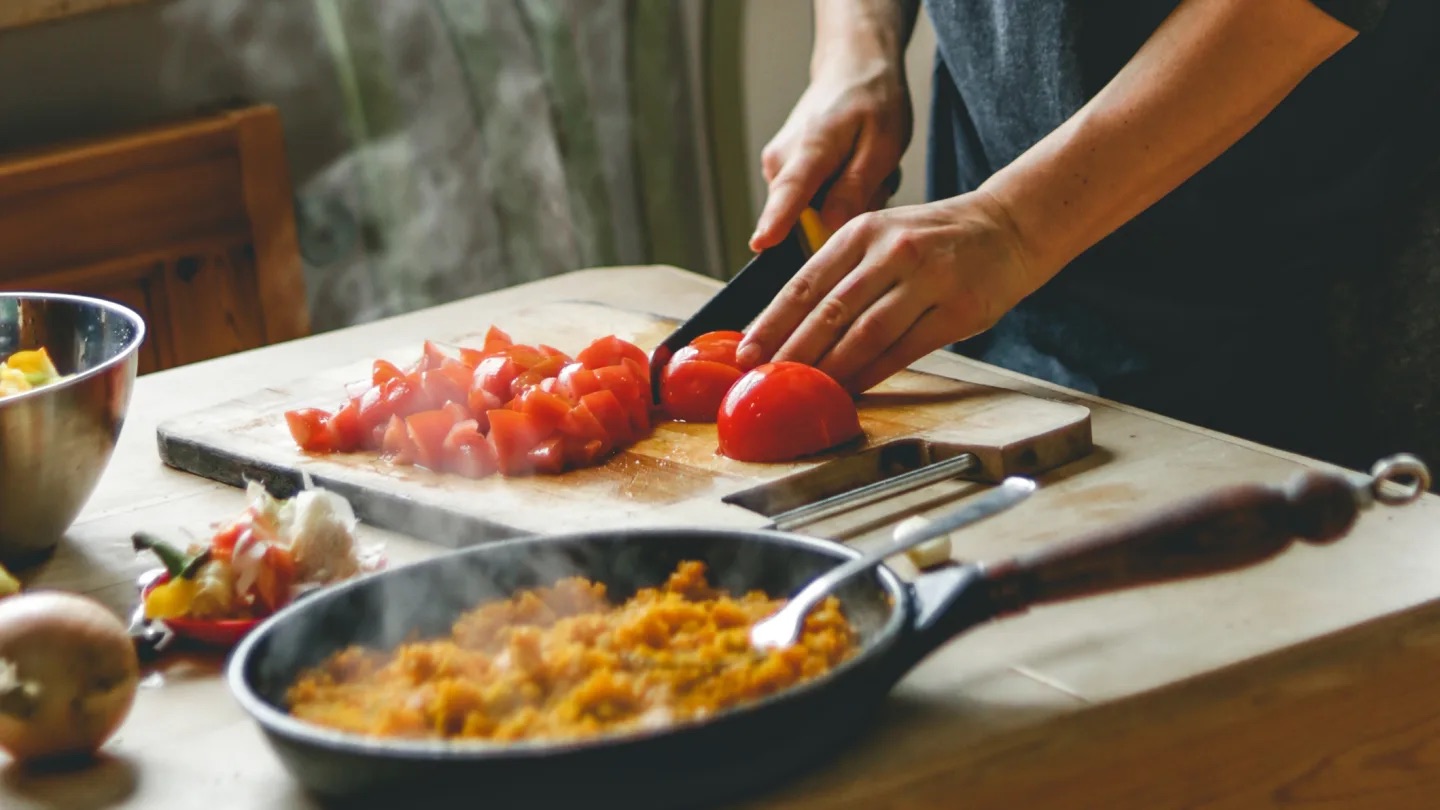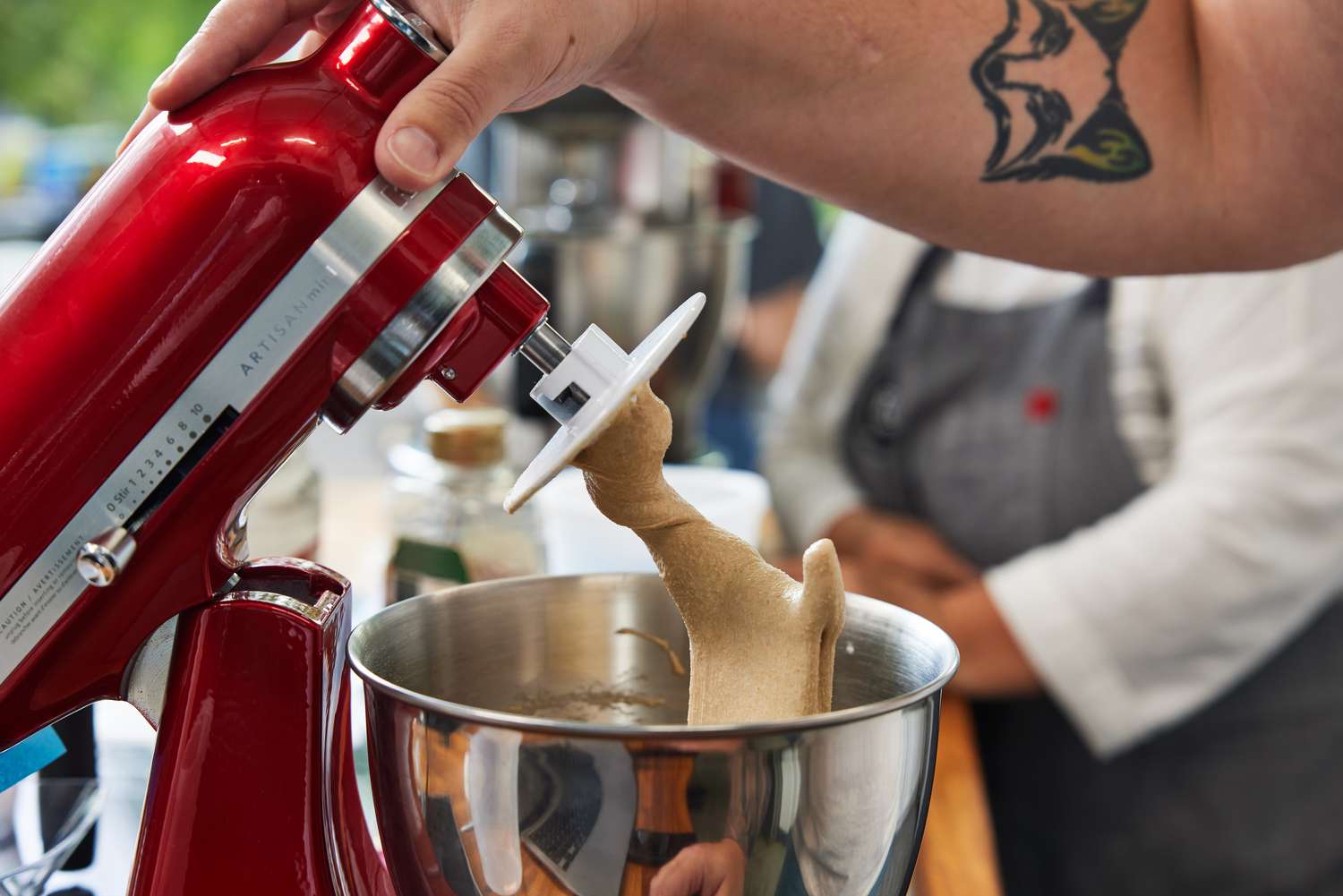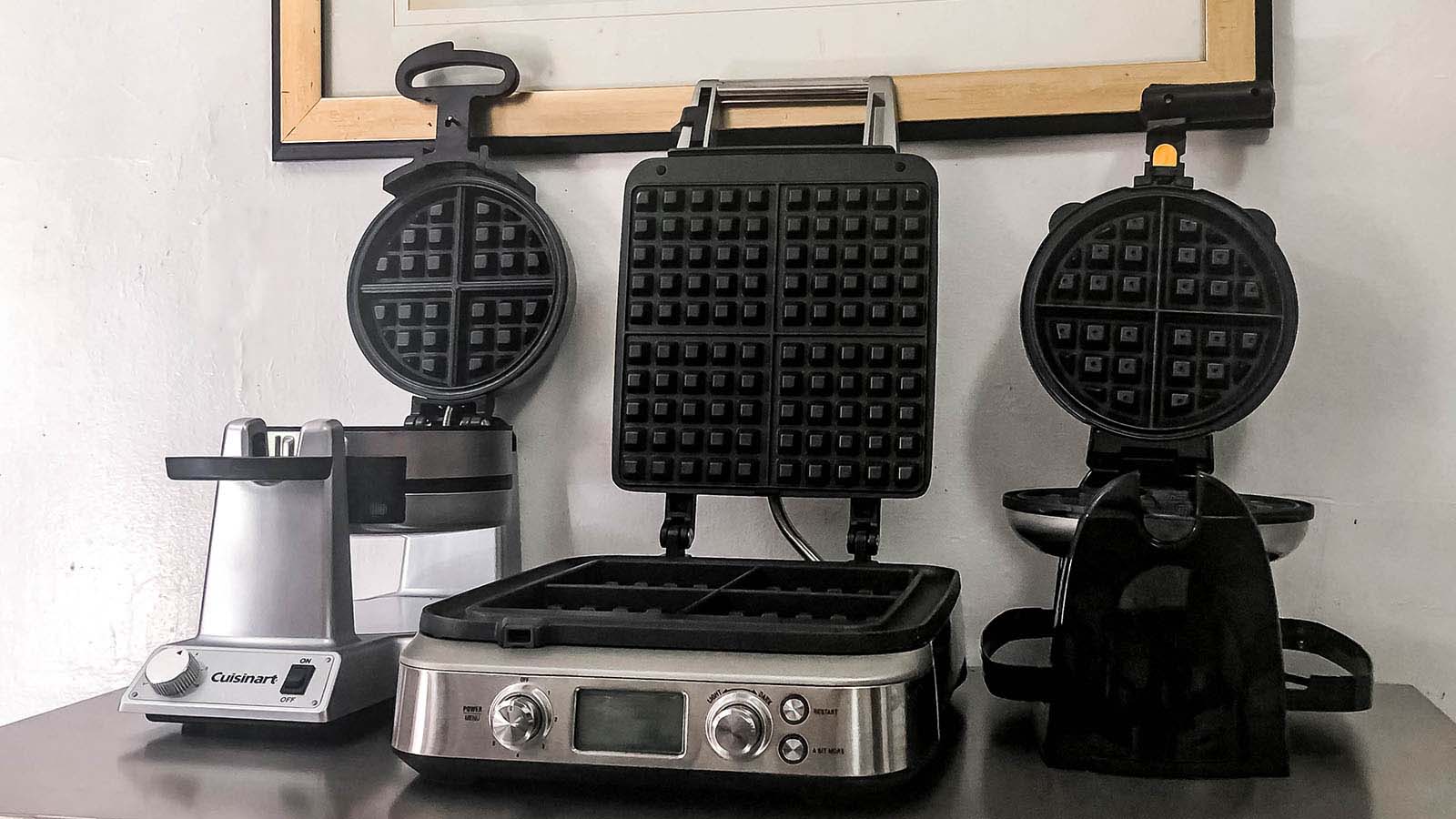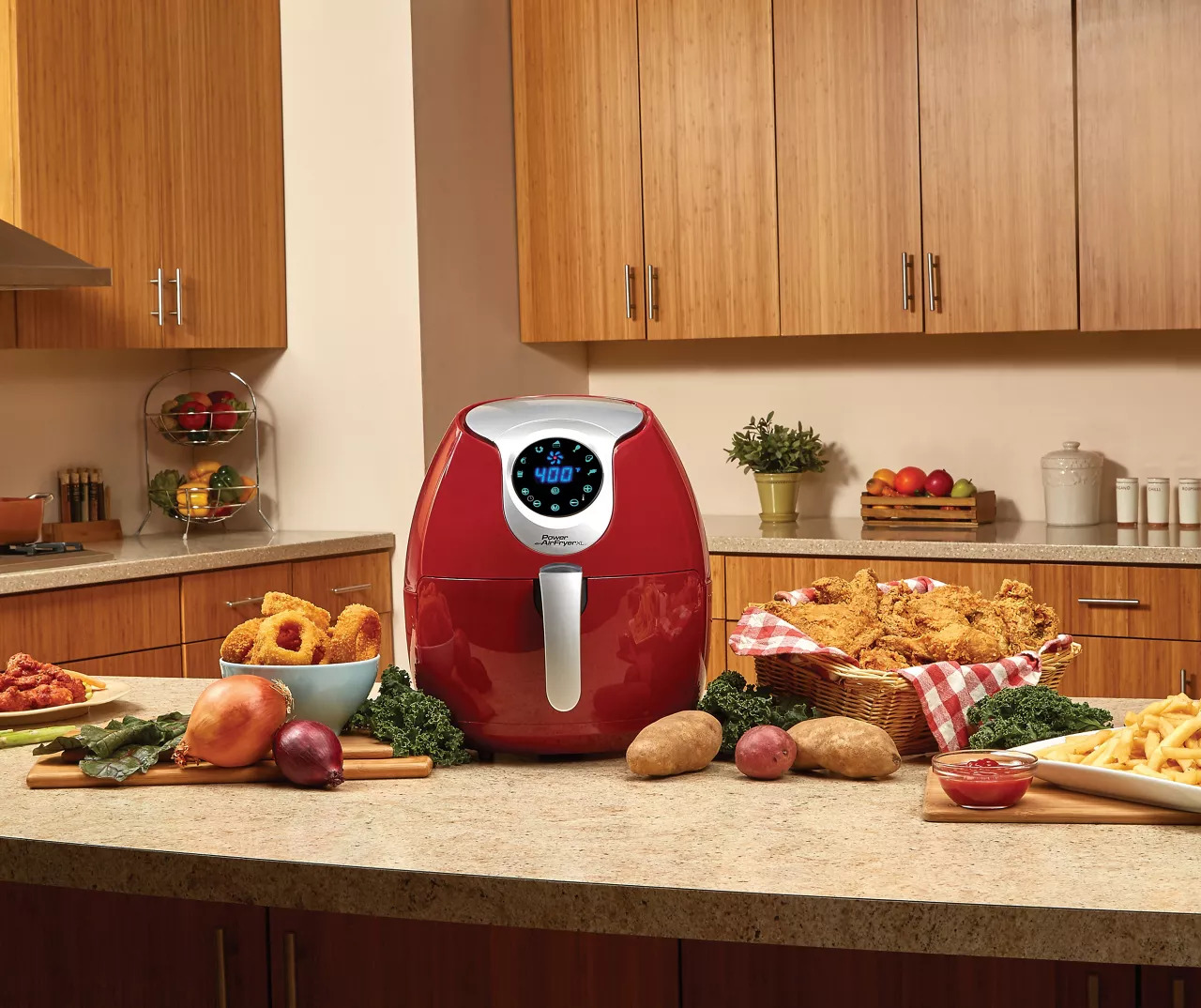Home> Kitchen Utensils
Kitchen Utensils: The Ultimate Guide to Must-Have Tools
Discover our comprehensive guide on kitchen utensils. Uncover the essentials every kitchen needs to prepare delightful meals. Dive in now!
8 Best Aroma 8 Cup Rice Cooker – Stainless Steel Arc-904Sb For 2024
By: James Anderson • Articles
9 Things Every Home Cook Should Have In Their Kitchens
By: Ethan Hayes • 45 Best Kitchen Storage Ideas You Can't Miss Out On
Do You Really Need A Stand Mixer? Yes – And Here’s Why
By: Emily Roberts • Interior Design
